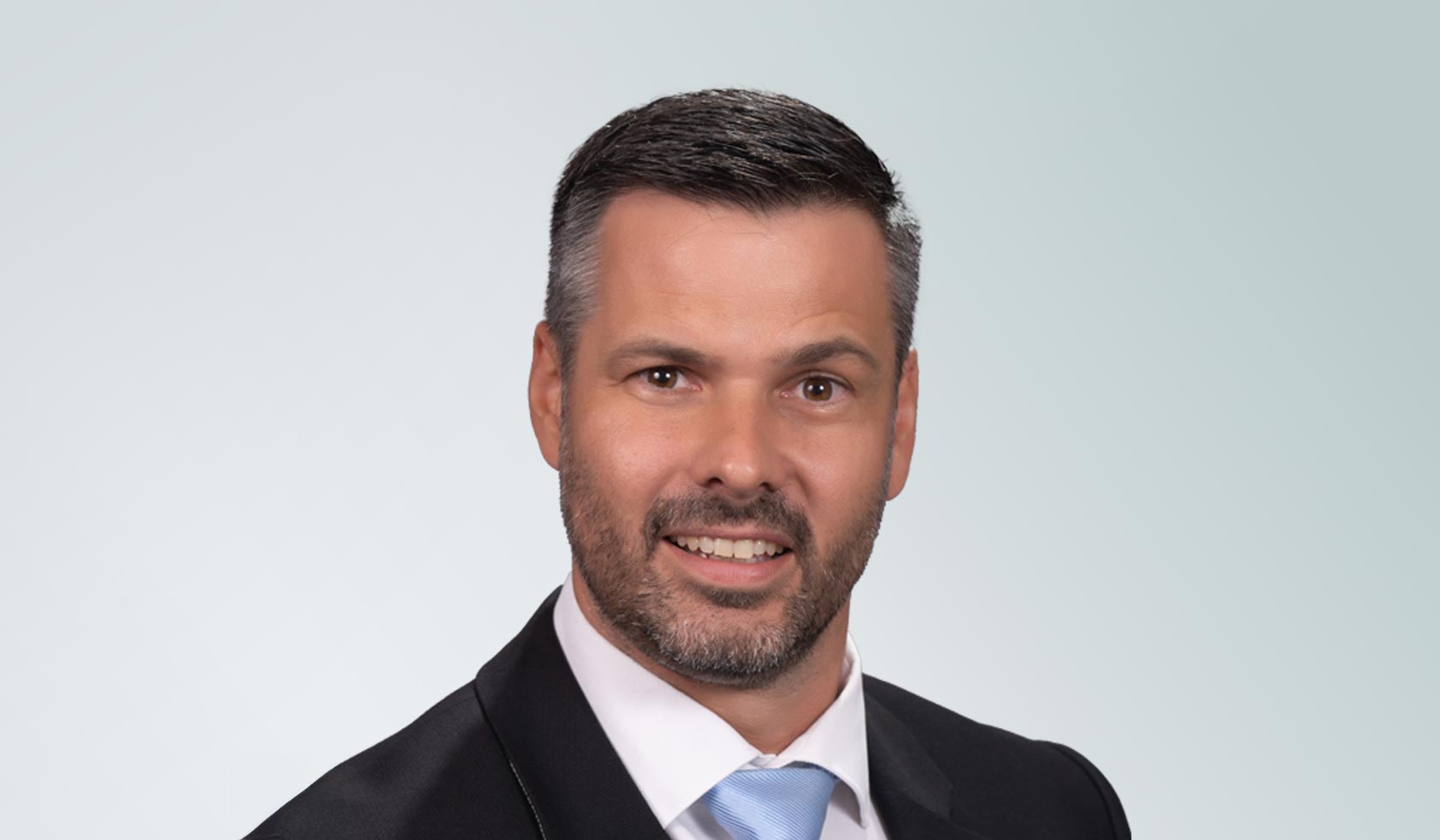Markets throughout Asia are in the midst of a dramatic demographic reorganisation.
Elder populations in developed countries are surging while developing nations are coping with rapid urbanisation as well as emigration of younger populations.
Technologies on a range of life and health-related fronts are also developing and evolving rapidly. The ongoing explosion of data is requiring increasingly sophisticated storage and analytic competencies. The resulting novel capabilities, such as interactive devices and bots with integrated artificial intelligence, are changing how humans live and engage with the world.
Mix in with these trends the ongoing shift in long-held cultural values in Asia. Younger generations are increasingly unavailable to care for their elders, leaving many older people without resources or provisions for their own later-in-life care. Elder healthcare costs in the region are projected to reach approximately US$20 trillion by 2030, which will place substantial economic and social stress on healthcare systems, social security, the public infrastructure, and labour forces.
All of these factors are having profound effects on so many aspects of life and health for Asian seniors – and on the region’s insurance industry, as well.
Redefining and innovating
For insurers in Asia, fundamental questions are emerging about the current contours of the senior market, such as: What is the senior market today – how should it be defined, how is it evolving, and how should it be served?
More Asians than ever are living past 80 with reasonable health, and the age at which a person becomes “old” is occurring far later than in the past. Additionally, the increasing volume of people who are “seniors” has grown to the point that the long-lived are no longer just one market.
“Seniors” have already become at least two distinct cohorts with their own specific market characteristics: those of ages approximately 55 to 70 and those older than 70.
These two groups present several levels of physical, mental, and financial health – all of which must be taken into account. Indeed, financial health as one ages can be just as important as physical and mental health – sometimes even more so. Even for those who have done well during their working lives, insufficient means to support themselves during retirement can deteriorate health through poorer nutrition, increased stress and, not infrequently, depression over their circumstances.
Health insurance gap and the need to change focus
Sorting out the profiles of Asia’s current senior markets in order to provide targeted products and services for their specific needs is our industry’s current task. Within this task lie several challenges.
To begin with, many Asians are entering their senior years without sufficient health insurance protection. Healthcare providers must learn how to provide the right care for senior needs, and insurers must develop products that will support these needs. Needs, however, are evolving in novel directions.
Second, healthcare systems in most Asian countries still focus primarily on “sick care” – finding and fixing illnesses – rather than on prediction and prevention. The traditional care model’s goal is disease management: helping people admitted to hospitals recover to the point that they can be discharged. As medicine continues to advance, it will be increasingly important for insurers to focus on developing products that can encourage proactive preservation and protection of health, especially as people move into their senior years.
Third, the current trend of leveraging the benefits of “wellness” metrics may not apply to seniors in the same way it does to younger cohorts. Wellness technology for elders has been evolving in the direction of “safe home” technology rather than tracking and rewarding fitness activities.
Indeed, ElderTech (that is, technology focused on senior wants and needs) has already staked out a good chunk of insurtech territory, reaching into homes and care facilities to track movements, falls, medication compliance and more. As ageing changes, so must the data that is collected, and how it is analysed.
Data’s expanding role
Today, the insurance industry’s need for good, consistent data, and the capacity to understand, manage and deploy it, is more essential than ever. Industry data pools are growing exponentially, and the need to use them responsibly in order to prospect new markets, develop new products, increase operational efficiency, refine pricing and strategise for future growth, is growing as well.
The widening gap between the technology currently available and what will be needed in the future is also a concern. Emerging insurance pricing and underwriting capabilities from new data inflows are enabling new underwriting paradigms such as dynamic underwriting, new risk and batch segmentation capabilities, and new ways to sell in accordance with client needs. Bottom line, however: new datasets are not going to be a magic cure. They have potentialities that will enable market-changing innovation, but expectations must be reasonable.
Looking forward
What areas of the senior markets will be needing greater and more creative insurer focus? Should seniors be enabled to age at home with sufficient assistance, or should modernised senior care facilities be built and staffed?
Currently, approaches and work toward readiness are varying from country to country. China, for example, is focused on building senior living centres for its anticipated ageing population, and Indonesia’s elders, despite the culture still existing where family members are willing to care for them, are opting to move into care facilities, primarily for social access. Japan’s citizens, meanwhile, according to a recent survey, may be anticipating robots as their caretakers.
Insurers in Asia would do well to continue to look to develop products for seniors that would supplement existing government programmes and serve fast-increasing longevity and care needs. Several have already developed targeted critical illness (CI) products for seniors, and companies are examining other products and structures as well.
Some recent CI products designed to protect seniors in the 55 to 70 market include policies that can cover individuals with benign health conditions (once a frequent cause for decline), and policies that reset to the original sum assured a year after an initial claim. More innovative thinking, though, needs to be applied to product structures in both senior cohorts in order to provide sufficient health and inflation protections along with appealing pricing.
No matter who (or what) may be responsible, insurers will be in the mix. Today’s multiple senior markets need a granular understanding. Each cohort and its needs must be properly segmented and defined so that insurers can meet the current and future challenges of serving them, enabling them to age as they wish, with physical and mental health, financial well-being, and most of all, dignity.



